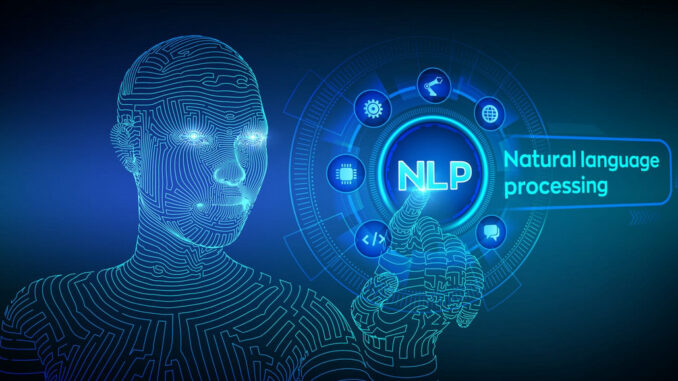
Natural Language Processing (NLP) is a field of artificial intelligence that focuses on the interaction between computers and humans through natural language.
It involves the development of algorithms and models that enable machines to understand, interpret, and generate human language. Here are key aspects and applications of NLP:







Key Aspects of NLP
Tokenization:
Breaking down text into smaller units, such as words, phrases, or sentences.
Part-of-Speech Tagging:
Identifying the grammatical categories of words (nouns, verbs, adjectives, etc.) in a sentence.
Named Entity Recognition (NER):
Detecting and classifying named entities (people, organizations, locations, etc.) within text.
Sentiment Analysis:
Determining the sentiment or emotional tone of a text, such as positive, negative, or neutral.
Machine Translation:
Translating text from one language to another using models like Google Translate.
Speech Recognition:
Converting spoken language into written text using systems like Google Assistant or Siri.
Text-to-Speech (TTS):
Generating spoken language from written text.
Question Answering:
Developing systems that can answer questions posed in natural language, such as virtual assistants.
Text Summarization:
Creating concise summaries of longer texts.
Language Modeling:
Building models that can predict the next word in a sequence, useful in applications like text generation.
Applications of NLP
Customer Support:
Chatbots and virtual assistants that handle customer queries and provide support.
Content Moderation:
Automatically detecting and filtering inappropriate or harmful content on social media platforms.
Search Engines:
Improving search results by understanding the intent behind user queries.
Healthcare:
Analyzing clinical notes and medical records to extract valuable information for patient care.
Finance:
Analyzing financial news, reports, and social media to predict market trends and inform trading decisions.
E-commerce:
Enhancing product recommendations and improving customer experience through personalized interactions.
Education:
Developing tools for automated grading, plagiarism detection, and personalized learning.
Key Techniques in NLP
Rule-Based Methods:
Using predefined linguistic rules for tasks like part-of-speech tagging and named entity recognition.
Statistical Methods:
Leveraging probabilistic models to analyze and predict language patterns.
Machine Learning:
Training models on large datasets to learn language representations and perform tasks such as classification and clustering.
Deep Learning:
Utilizing neural networks, especially architectures like recurrent neural networks (RNNs) and transformers (e.g., BERT, GPT), for advanced NLP tasks.
Transfer Learning:
Fine-tuning pre-trained language models on specific tasks to leverage existing knowledge and improve performance.
Challenges in NLP
Ambiguity:
Dealing with words and sentences that have multiple meanings.
Context Understanding:
Capturing the context in which a word or phrase is used to understand its meaning accurately.
Language Variability:
Handling different dialects, slang, and evolving language use.
Data Scarcity:
Limited availability of labeled data for certain languages and tasks.
Bias and Fairness:
Ensuring that NLP models do not perpetuate or amplify existing biases present in training data.
NLP continues to evolve, with ongoing research focused on improving model accuracy, understanding language nuances, and expanding applications across various industries.

Leave a Reply